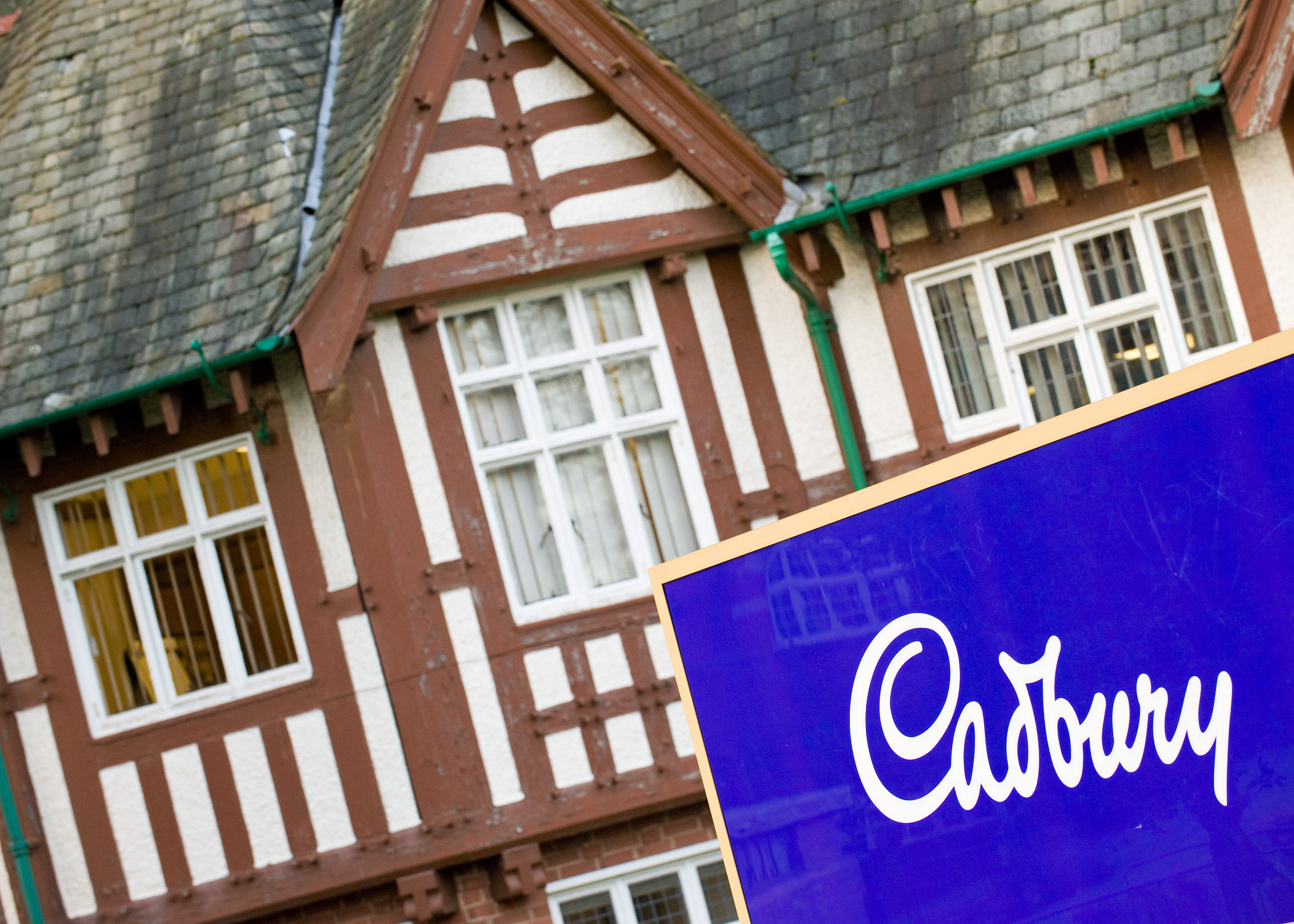Mondelez International, the confectionery giant that is home of big-name brands including Oreo, Cadbury and Milka, intends to accelerate its sales growth. Following a period of intensive cost cutting and a focus on margins, Mondelez has entered a new chapter of investment in its brands.
“This is a new phase, we are going from [building] a very healthy bottom line to [concentrating on] top line growth,” marketing chief Debora Koyama explained. “It’s easier to cut costs than drive the top line.”
The pace of change at Mondelez has been rapid, she suggested, with marketing and brand communications placed at the centre of Mondelez’s strategy to “change mindset from a cost-cutting to growth mindset”.
Indeed, it would seem that this approach could already be paying dividends. Earlier this week, the group reported first-quarter organic sales growth of 3.7% in the first quarter. According to Barclays analyst Andrew Lazar, this “far surpassed” his expectations of 2.5%.
Lazar noted: “What really stands out to us regarding Mondelez is that while most food peers are in proactive reinvestment mode as they pivot to growth, Mondelez is one that is already seeing the results of its investment spend – which we see as well ahead of the time frame we envision for many others. And, we believe much of the company's recent spend is against opportunities not even expected to benefit near term results.”
So, how has Mondelez done it?
Speaking at an event in London focused on business transformation, Koyama said that she is working to put purpose at the centre of Mondelez’s brand communications.
According to the 2019 Endelman Trust Barometer, consumers now place almost as much trust in businesses (56%) as they do NGOs (57%) and significantly more than they do government (48%) and the media (47%).
Koyama believes this means businesses today have both a responsibility to live up to these expectations and an opportunity to appeal to consumers by providing products that align with consumer’s values.
“We have power as businesses to really do something,” she said at the briefing, organised by behavioural branding agency HeyHuman. “People are choosing brands based on what companies stand for. That is a huge opportunity and responsibility.”
Koyama said she has “championed” purpose for a decade – not just because of the positive impact it can have on people’s lives but also because it drives growth. “Purpose is not just something nice to do, it really drives business. It drives purchase intent.”
Bringing purpose to brands
Mondelez has “iconic, powerful, emotional brands” with high awareness and household penetration, the marketing executive continued. For instance, Cadbury has 88% household penetration in the UK, while Milka has 53% household penetration in Germany.
By focusing on purpose, Mondelez can unlock further potential in brands that have previously been sleeping giants with sluggish sales trends.

“I truly believe we have a massive opportunity. It can be a path to growth with the powerful brands we have to unlock growth through purpose.”
Koyama pointed to the example of Cadbury’s recent performance as a “lighthouse” brand, showing other parts of the business how purpose can be leveraged to increase sales. She said that the brand went from declining sales to mid-single digit growth by leveraging the “beautiful entrepreneurial story” of how it was founded by Quaker John Cadbury.
As Quakers, the Cadbury family believed in social reform and established Bournville as the home of the Cadbury brand, setting new standards for working and living conditions. According to Koyama, UK consumers have responded well to recent efforts to communicate the founding story and the social purpose behind the brand.
Take calculated risks
Large FMCG companies typically focus investment on their core brands and business models – and this can dampen innovation.
Mondelez has decided to focus 10% of its marketing investment in innovation outside the core, Koyama revealed. While this spend won't generate the same return on investment as Mondelez's typical model, it gives the company the freedom to take calculated risks. For example, the strategy has enabled the group to experiment with voice and audio tests – tipped as the next big thing in marketing – as well as establish its digital accelerator, Ignite Labs.
Ignite was set up by the UK marketing team and has taken 21 finalists in a digital innovation competition to pitch to Mondelez’s European leadership team.
Koyama suggested that when it comes to innovation that is ‘outside-the-box’ it is best to start small. “Have a small pilot… and use that success to roll it out across your organisation. You have to protect that… Many people will try to kill it,” she warned, pointing to her experience of bringing Mondelez into the Loop project.
Loop was founded by TerraCycle with the aim of reducing packaging waste through a subscription model. In January, the group’s Milka brand joined, offering consumers the chance to sign up and receive Milka biscuits in stainless steel reusable packaging that is collected, cleaned and returned to them.
“When I brought the idea [of Loop] people wanted to not engage. So many people wanted to kill it… Now everyone wants to do it.”

